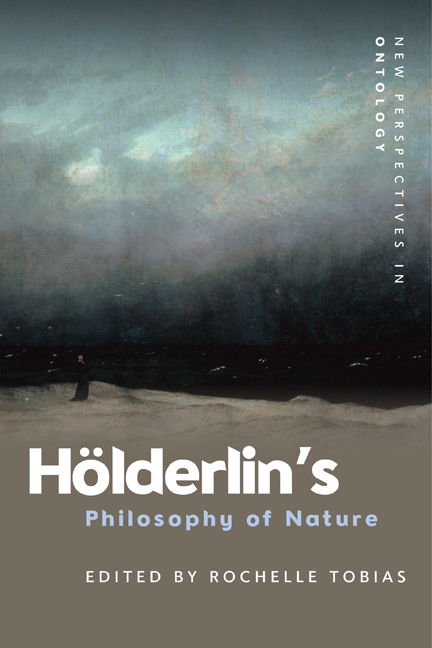7 - Translating Centaurs: Notes on Hölderlin's ‘The Life-Giving’
Published online by Cambridge University Press: 08 October 2020
Summary
Between 1803 and 1805, Hölderlin translated and commented on nine fragments by Pindar that have come to be known in the critical literature as the Pindar Fragments. The last translated fragment concerns the fight between the Centaurs and the Lapiths at the wedding of Pirithous and Hippodame, after Eurytion, inebriated and driven by lust, attacks the bride. This mythological episode of strife and violence – the so-called centauromachy that ended with the defeat and expulsion of the centaurs – is translated, entitled and commented upon by Hölderlin as follows:
The Life-Giving.
The man-conquering: after
The centaurs learnt
The power
Of the honey-sweet wine, suddenly they thrust
The white milk with their hands, the table away, spontaneously,
And drinking out of silver horns
Intoxicated themselves.
The concept of the centaurs is surely that of the spirit of a river insofar as it forms a path and a boundary, with violence, on the originally pathless and upwards growing earth.
Its image is therefore at places in nature where the shore is rich in cliffs and grottoes, especially at places where originally the river had to leave the mountain chain and had to cut across its direction.
Hence centaurs are also originally teachers of the science of nature, because nature can best be examined from that viewpoint.
In regions such as this the river had originally to wander about aimlessly before it could tear out a course. By this means there formed, as beside ponds, damp meadows and caves in the earth for suckling creatures, and meanwhile the centaur was a wild herdsman, like the Odyssean Cyclops. The waters longingly sought their direction. But the more firmly the dry land took shape upon the banks and secured its direction by means of the firmly rooting trees, by bushes and grapevines, the more the river also, which took its motion from the shape of the bank, had to gain its direction until, forced on from its origin, it broke through at a point where the mountains that enclosed it were most loosely connected.
- Type
- Chapter
- Information
- Hölderlin's Philosophy of Nature , pp. 123 - 140Publisher: Edinburgh University PressPrint publication year: 2020



